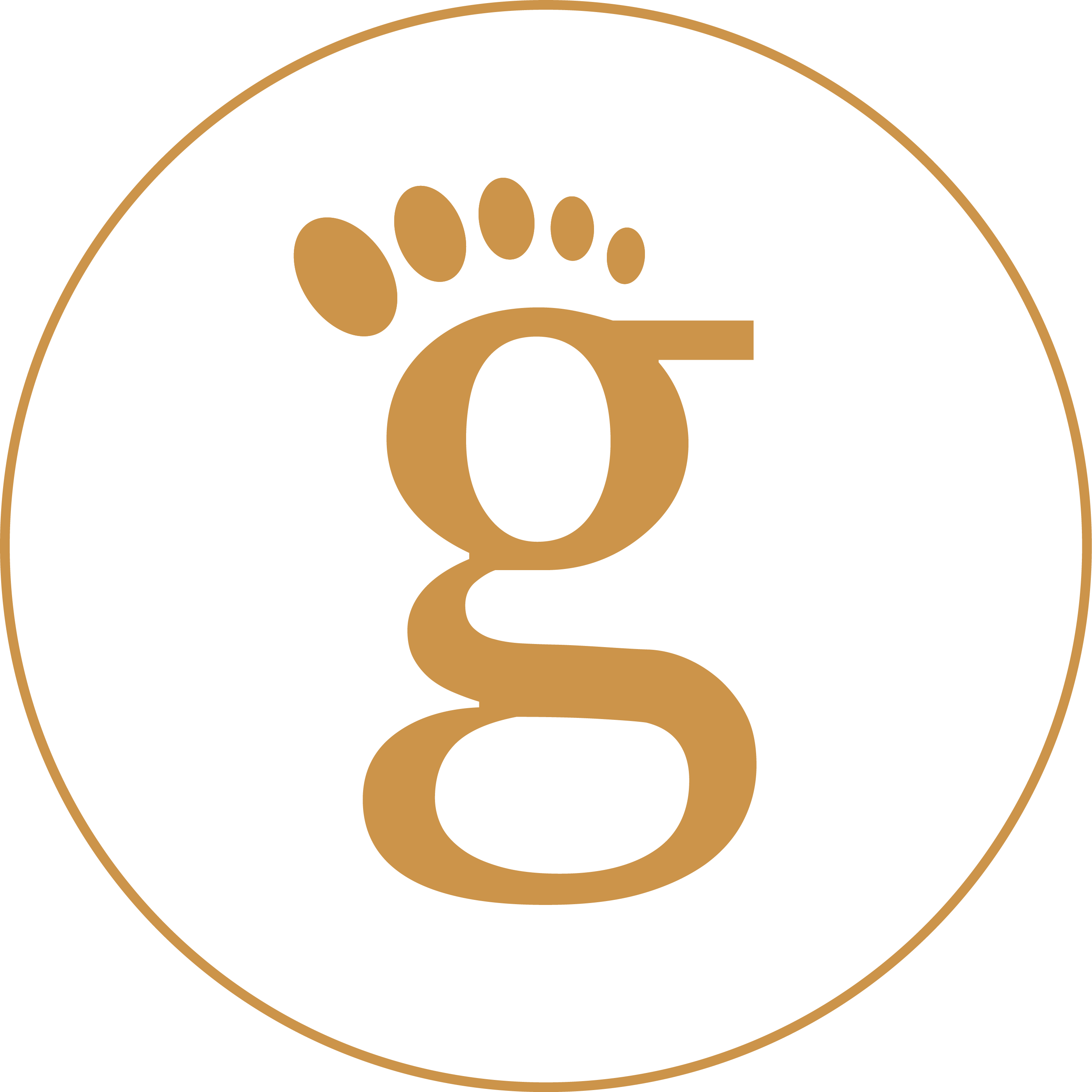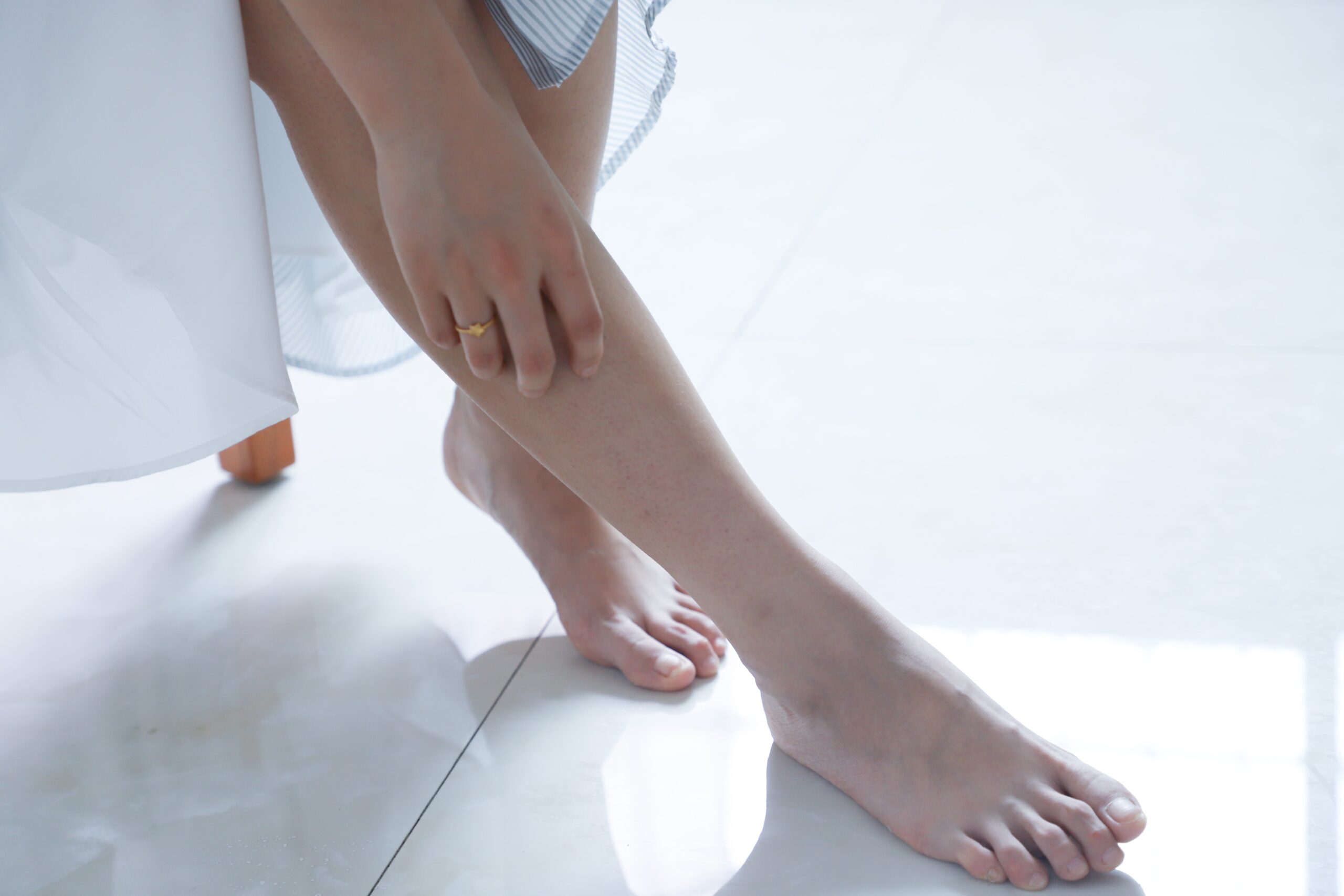Pain on the top of the foot can be a painful and uncomfortable condition that affects individuals of all ages and activity levels. This article discusses the common causes, symptoms, and potential treatments for this type of foot pain.
Causes of Pain on the Top of the Foot:
1. Overuse and Strain: One of the most common reasons for top-of-the-foot pain is overuse or strain. This can occur due to activities like running, jumping, or excessive walking or steps, causing stress on the tendons and ligaments.
2. Footwear Issues: Ill-fitting shoes, flip flops, tight laces, or high heels can compress the top of the foot, leading to pain and discomfort.
3. Trauma or Injury: Accidents, such as dropping a heavy object on the foot or stubbing the toe, can result in pain on the top of the foot.
4. Tendonitis: Tendonitis is the inflammation of tendons that connect muscles to bones. Tendonitis in the foot, such as extensor tendonitis, can cause pain on top of the foot with overuse or ill fitting shoes.
5. Arthritis: Certain types of arthritis, like osteoarthritis or rheumatoid arthritis, can affect the joints in the foot and cause pain on the top.
6: Gout: Gout can occur in joints of the foot, commonly the big toe joint. The joint presents with severe pain, warmth and causes difficulty walking.
Symptoms:
The symptoms of top-of-the-foot pain may vary depending on the underlying cause but often include:
– Aching or sharp pain on the dorsal (top) surface of the foot.
– Swelling and redness in the affected area.
– Difficulty in moving the foot or toes.
– Tenderness upon touch.
– Limited range of motion.
Treatment Options:
1. Rest: Give your foot time to heal by avoiding activities that exacerbate the pain. This may include reducing high-impact exercises or taking a break from strenuous activities.
2. Ice and Elevation: Applying ice to the affected area and elevating your foot can help reduce swelling and alleviate pain.
3. Footwear Modification: Ensure that your shoes are properly fitted and provide adequate support. Using orthotic inserts or cushioned insoles can also help.
4. Stretching and Strengthening exercises: A physical therapist can recommend exercises and stretches to improve foot strength and flexibility.
5. Medications: Over-the-counter pain relievers or anti-inflammatory medications may be recommended by a healthcare professional.
6. Bracing or Splinting: In some cases, a brace or splint may be used to immobilize the foot and allow it to heal.
7. Seeing a Podiatrist: It is recommended to see a Podiatrist as soon as possible to get the appropriate diagnosis and treatment to avoid chronic pain or worsening of the injury.
Pain on the top of the foot can significantly impact one’s daily life and mobility. It’s essential to identify the underlying cause and seek appropriate medical treatment promptly. Consult a Foot and Ankle specialist for a proper diagnosis and personalized treatment plan to get back on your feet pain free.
At Gauld Foot and Ankle we provide diagnosis for top of the foot pain and treatment including In house xrays, Laser treatment, bracing, Cam boots, steroid injections and oral medication depending on the condition.

